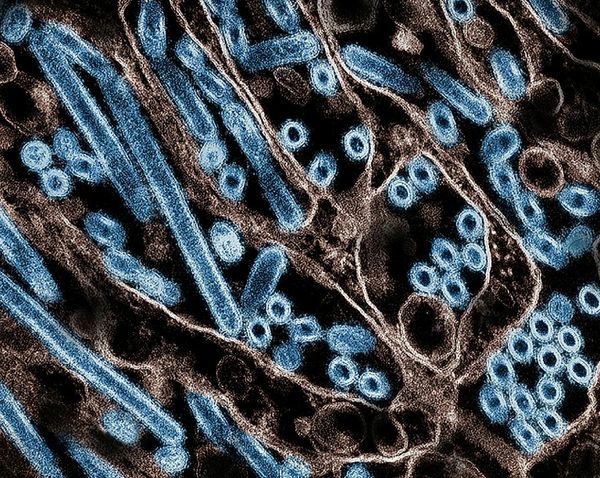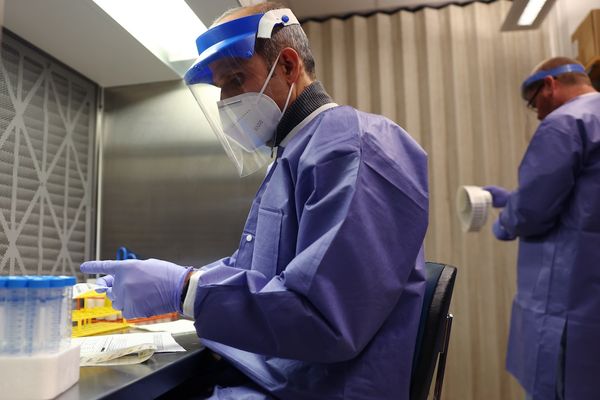
Scientists have identified the cell mechanism behind the response of muscles to exercise, an advance they say could lead to new strategies for boosting muscle function during aging.
The research, published recently in the journal PNAS, also points to an anti-aging intervention that could delay muscle declines that occur with aging.
“Our data identify an essential mediator of exercise responsiveness and an entry point for interventions to maintain muscle function during aging,” study co-author Keith Blackwell said in a statement.
In the study, researchers found a mechanism behind the fragmentation and repair of the mitochondria – the specialized structures, or organelles, inside every cell responsible for producing energy.
Previous studies have shown that the function of the mitochondria is critical to health.
Research has shown that the disruption of the cycle of repairing dysfunctional mitochondria and restoring the connectivity among the organelles is linked to the development and progression of age-related diseases like heart disease and type 2 diabetes.
“As we perceive that our muscles undergo a pattern of fatigue and restoration after an exercise session, they are undergoing this mitochondrial dynamic cycle,” Dr Blackwell explained.
“In this process, muscles manage the aftermath of the metabolic demand of exercise and restore their functional capability,” he added.
Scientists assessed the role of mitochondrial dynamics during exercise in the well-studied microscopic worm species C. elegans that is frequently used in aging research.
Researchers observed a typical age-related decline in physical fitness over the worms’ 15 days of adulthood as they swam or crawled.
They also found a significant and progressive shift toward fragmented or disorganized mitochondria in the aging animals.
The study noted that in young worms on the first day of adulthood, a single bout of exercise-induced fatigue after one hour.
This 60-minute session also led to an increase in mitochondrial fragmentation in the animals’ muscle cells, but researchers found that a period of 24 hours was sufficient to restore both performance and mitochondrial function.
However, in older worms, the animals’ performance did not return to baseline within 24 hours.
While in the older animals’ mitochondria underwent a cycle of fragmentation and repair, the reorganization that occurred was reduced compared to that of the younger animals, scientists say.
“Aging dampened the extent to which this occurred and induced a parallel decline in physical fitness. That suggested that mitochondrial dynamics might be important for maintaining physical fitness and possibly for physical fitness to be enhanced by a bout of exercise,” Juliane Cruz Campos, another author of the study, explained.
Researchers then allowed wild-type worms to swim for one hour per day for 10 consecutive days, starting at the onset of adulthood.
When they did this, scientists found that this long-term training programme significantly improved the animals’ middle-aged fitness at day 10, and mitigated the impairment of mitochondrial dynamics seen during aging.
Researchers then tested known, lifespan-extending interventions like AMPK – a key regulator molecule during exercise that also promotes the remodeling of mitochondrial morphology and metabolism.
An increased level of this molecule in the worms was found to improve physical fitness and maintenance of exercise performance during aging.
“Our data point towards potentially fruitful intervention points for forestalling this decline – most likely along with other aspects of aging. It will be of great interest to determine how mitochondrial network plasticity influences physical fitness along with longevity and aging-associated diseases in humans,” Dr Blackwell added.







